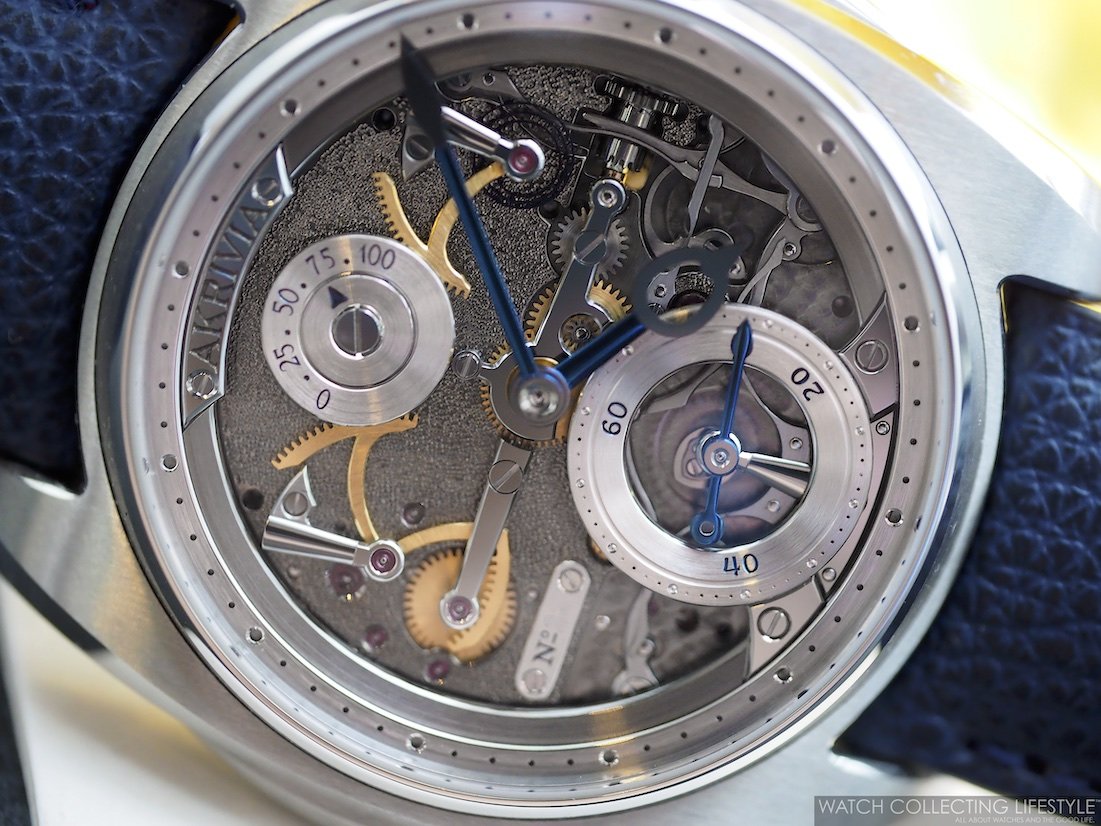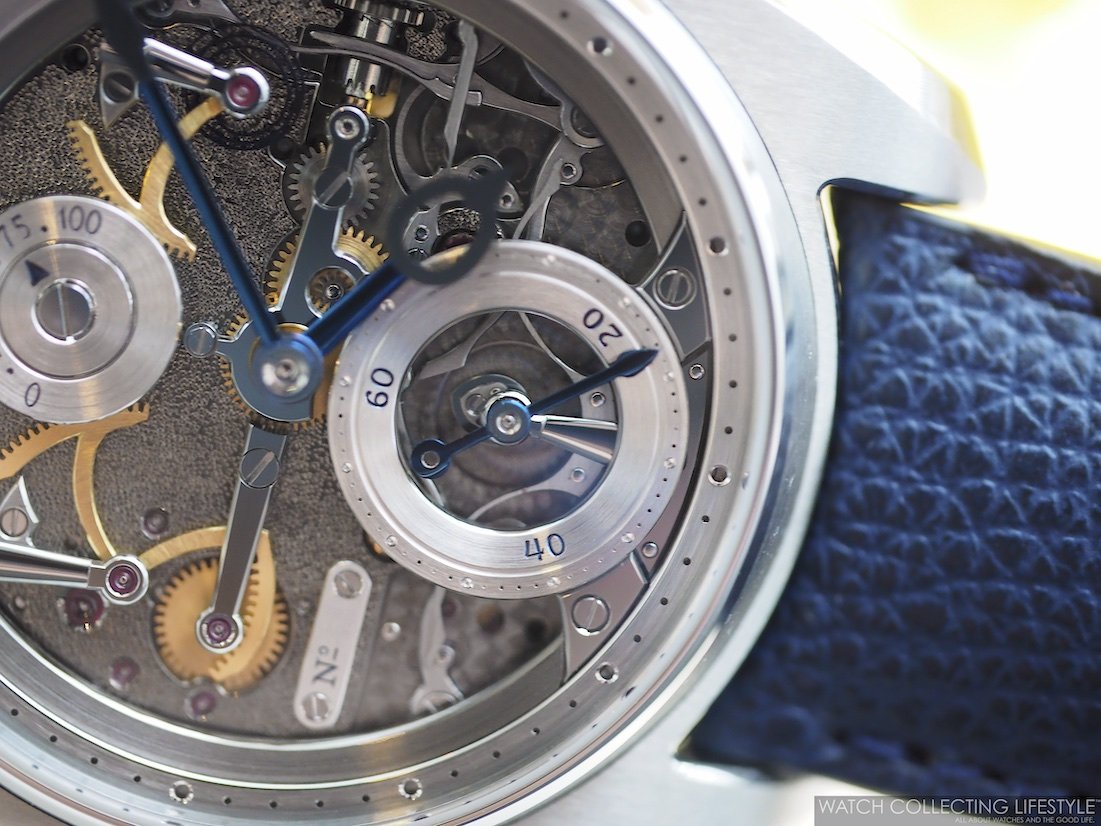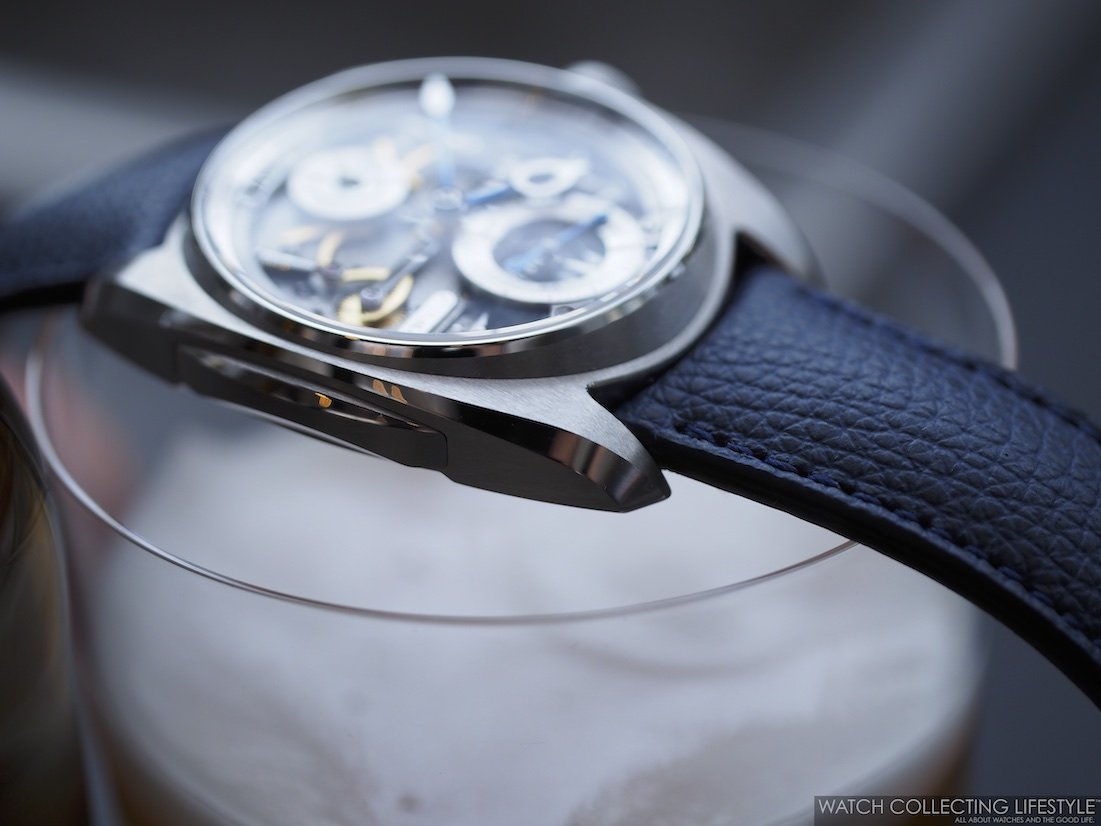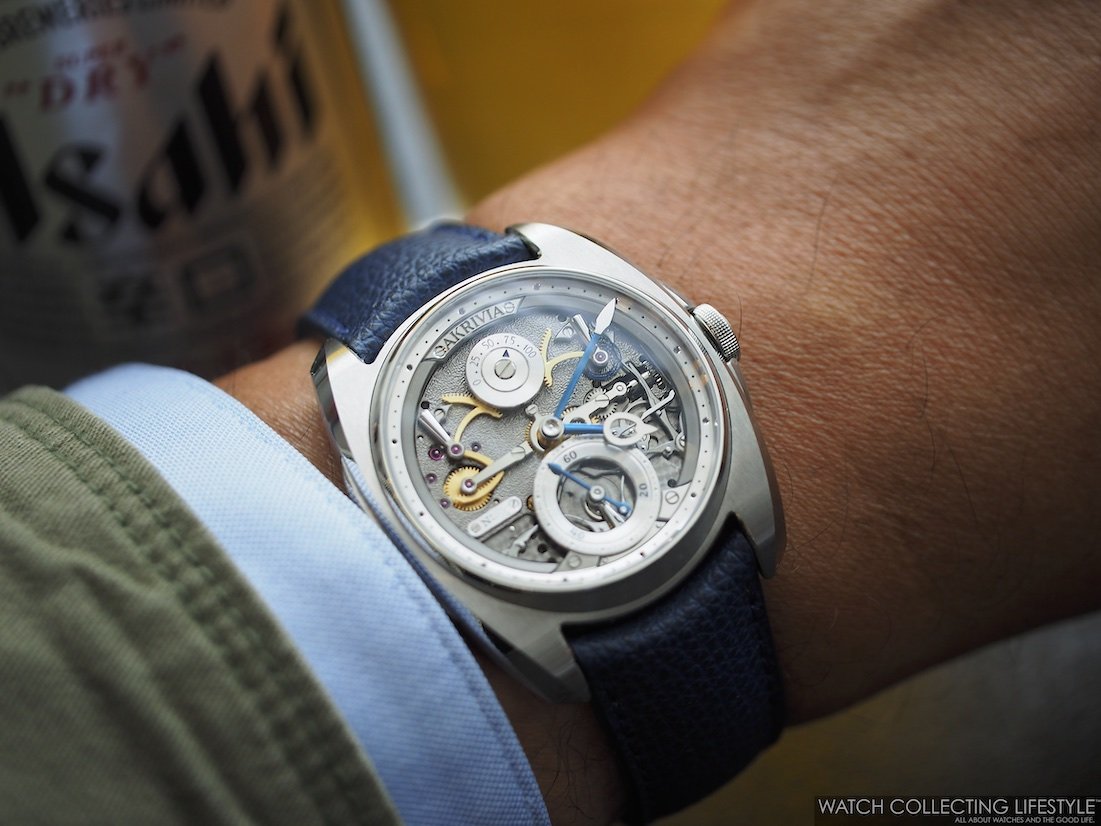Akrivia was founded in 2012 by Rexhep Rexhepi who was born in Kosovo –part of the former Yugoslavia— in 1987. His fascination with watchmaking started at a young age. At age 11, Rexhep moved to Geneva where his father was working at the time, and at the age of 15, he began his apprenticeship at Patek Philippe where he was hired full-time after graduating from the apprenticeship. At age 20, Rexhep moved to BNB Concept and then moved to F.P. Journe where he quickly advanced to assembling their most complex and mechanically sophisticated timepieces.
The first time I met Rexhep Rexhepi was back in October of 2015 during the SIAR —Salón Internacional de Alta Relojería— in Mexico City. A few months later I would visit his first atelier in Geneva, Switzerland before he moved to the current space in Geneva’s old town. Back then, the AK-04 and the Tourbillon Barrette-Mirroir had just been released. Six years later, I met with the owner of an Akrivia AK-06 and asked him to allow me to photograph it during a casual meeting over beers and sushi at an undisclosed location.
Akrivia and Rexhep have somewhat of a cult following and it’s not until you get to peruse one of his watches in the metal that you come to realize the greatness and the not-so-great things about the brand and their watches.
The manual wound AK-06 focuses purely on telling time and highlighting its impressive 100-hour power reserve. With a dial-free design, there’s not much to hide in terms of finishes and the striking pieced-out layout of the different components —predominantly the power reserve indicator at 12 o’clock and the running seconds at 6— throughout the dial side.
The case design of the Akrivia AK-06 is remarkably good and its shape helps conceal the larger case size with a diameter of 41 mm and a thickness of 9.9 mm. In reality, this 41 mm watch wears much smaller than its actual size due to the barrel shape of its case. Well made, nicely finished, and exquisitely polished, the case is better at finishing than the actual movement. But oh boy, those steel hands that are manually blued over a bed of heated brass filings —yes I’ve seen him and his brother do this in person— are to die for and exquisitely finished.
But it’s not until you’ve put the watch under the scrutiny of a micro-lens that you get to see some of the not-so-great things about the watch and its finishes. Especially for a watch at this price point and with a turnaround that takes no less than a year after one has placed an order for the watch to be completed.
While I love what Rexhep has accomplished in just ten years, I also have to be fair and unbiased as the supporter of independent horology that I consider to be. By no means, Akrivia can be compared to names like Philippe Dufour, F.P. Journe, Patek Philippe, or Greubel Forsey. To my surprise, the pictures —and not even my best to be honest— revealed things I wasn’t expecting to see considering the cult following and pricing.
If you look closely at the hammered finish on the mainplate around 1 o’clock, you’ll see that the pattern missed many spots around that one hole. Was I prepared to see this and write about it? No. Then comes the perlage that is not perfectly symmetrical nor properly superimposed. As far as the black polish goes, this is nowhere near the level of black polish brands like De Bethune or Greubel Forsey accomplish.
Turning the watch over reveals the movement with its own very unique architecture with Côtes de Genève that could’ve been much better and more pristine. Are these issues one should be concerned about considering the exclusivity of Akrivia? Absolutely. Now, maybe I’ve been too picky but with if you are selling watches of a certain level, then you should be able to overdeliver and not fall short. Relying on the image that has been created by the media, peers, and cult followers is not enough to become the next Max Büsser, Kari Voutilainen , Denis Flageollet, Philippe Dufour, or François-Paul Journe.
After what I’ve seen with the macro lens would I still buy an Akrivia? Yes, I would, but definitely not at the price they are selling or having to withstand the long wait process that one has to endure in order to get one.
Great-looking watches that are mostly made by hand following traditional and ancient watchmaking techniques with unique designs, and incredible movements, but that are not necessarily made for certain picky types of watch collectors like myself.
For more info on Akrivia click here.




























